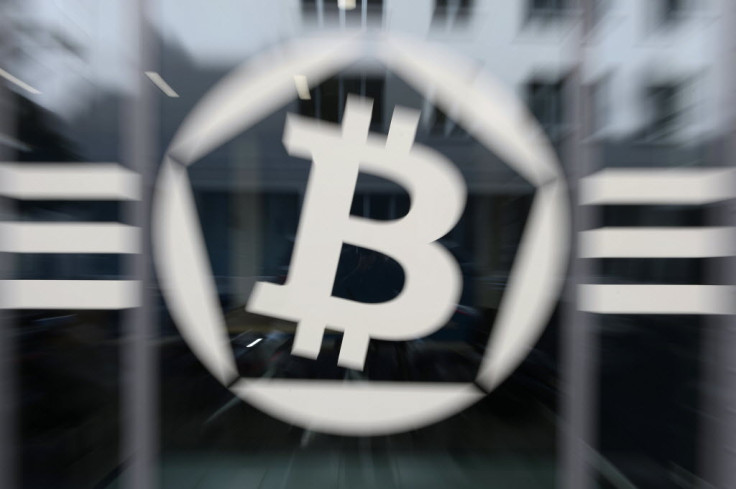Bitcoin: Central bank mulls the paradox of centralised distributed ledgers

When is a decentralised ledger system not a decentralised ledger system? When it's controlled by a central bank, would be one answer.
A background technology briefing with a well-known European central bank (they didn't want to be named) revealed a couple of things: 1) central banks grasp the enormity of the technological upheaval they face, and 2) they believe in some essential way this "platform" can be adapted to incorporate themselves remaining in charge.
The fundamental problem here is you cannot be two things at once. Indeed this is the problem bitcoin has solved. Digital currency movements verified by a distributed network are immutable; these transactions cannot be undone or messed with or spent twice.
This happens by virtue of the power of the peer-to-peer network. Central banks are well versed in preventing any compromise of their ledger systems: they are currently adding polymers to their banknotes to prevent them being printed by anyone else.
A central bank crypto expert said: "With a distributed payment system the difference is that you don't have this centralised point. Instead of a number of players each with their own ledgers, you have many copies of the same ledger.
"I want to emphasise, there are other ways to get distributed ledgers to work. If you've got this ledger you need a way of syncing it up and also a way of preventing spamming of the ledger, and maintain confidence in the entire system, such that when your balance goes down it will go up somewhere else. If it's a bitcoin, it moves from one wallet to the next.
Bitcoin arms race
The central bank said it believes the Bitcoin community that updates the blockchain has already moved towards centralisation to a degree, thanks to large powerful mining pools using industrial grade CPUs.
"When Bitcoin was first conceived, they saw it as this fully decentralised network so people could have their laptops to do functions in the early days, or do it on an old computer. But what has actually happened is that you have got this sort of arms race where people realised how valuable bitcoins were – when the price reached $1,000 (£640, €915) last year - they started creating specialised computers to do this mining.
"So what has happened in reality is you see centralisation within what was supposed to be a decentralised system – you get these large pools of computers that are specifically designed for mining. So in a way it is slightly different from what the original designer intended."
The bank also cited the amount of electricity the bitcoin mining community uses as being an unsustainable model. Apparently it now uses more electricity than the Republic of Ireland.
"So we have to think about how you implement a distributed ledger without that type of waste and I think one of the interesting things you can think about is that because you have a trusted third party in terms of a central bank it gives you different options."
Decentralised ledger, centralised bank
IBTimes UK asked the central bank exactly how such a hybrid system could work.
The bank said: "Well that is what we are researching now, how we would implement it, what would be the balance between what we would do and what other players would do in the system."
So would this entail large computing operations, like the payments processing divisions banks tend to have located in places like the Midlands?
"Not necessarily. I think you have to think about what's the best way or the most efficient way of doing transaction verification – would that be done by the central bank or would that place too much load on the central bank's servers, so offloading some of the functioning of the system while maintaining control. So it's important to get that balance right.
"The idea of whether the central bank could use technology to essentially provide more open access to its own system is something that has been debated over decades, looking back to discussion about whether e-money would be revolutionary. Some of these questions are not new, it's just whether the technology demonstrated by Bitcoin changes its impact."
The bank seemed to acknowledge the scale of this impact, citing a book called The Second Machine Age, which noted that the initial introduction of electric motors running steam driven machinery did not significantly change productivity. The catalyst was when electric motors were shrunk and the flow of materials was altered.
This took about 30 years, which is coincidentally about the same time between the introduction of computers and the arrival of distributed ledger technology.
"We think distributed ledger is one of the catalysts to change the way the internet is used. We are thinking about bank accounts, also shares, derivatives, bonds. These are already digital to a large extent. This technology has the power to change the way the financial system is structured."
Regarding such seismic change, did the bank have any predictions on how things will look once banks and payment systems have been hollowed out; how many jobs might be lost?
The bank said: "It's not a part of our research. Historically, if you look at farmers for instance, 60% of people in UK used to work on farms and these became completely mechanised. Technology creates jobs; new jobs are created all the time."
"So what would people in financial services do?" asked IBTimes.
The question hung in the air. It was a hot day. All you could hear was the sounds of the traffic outside from an open window.
© Copyright IBTimes 2025. All rights reserved.






















